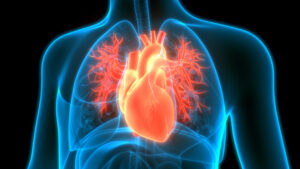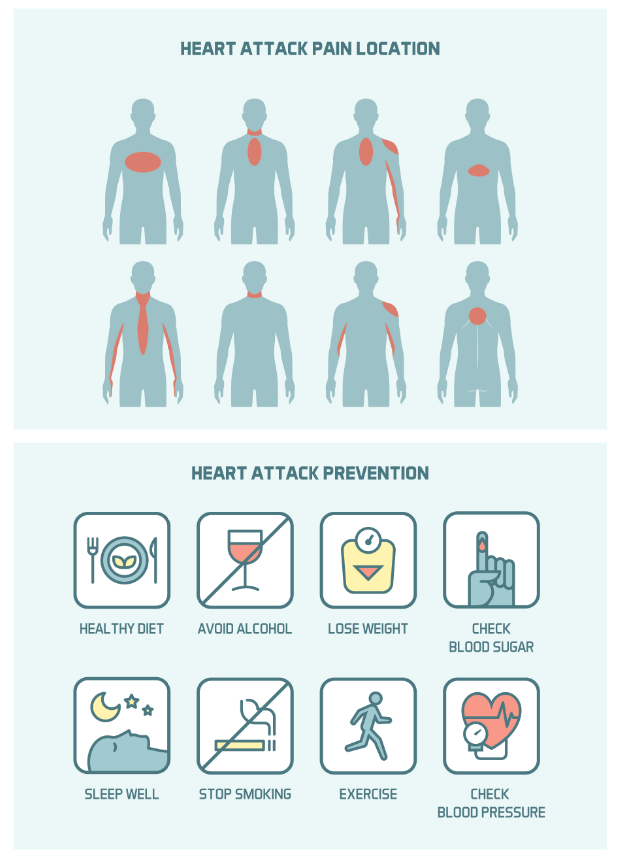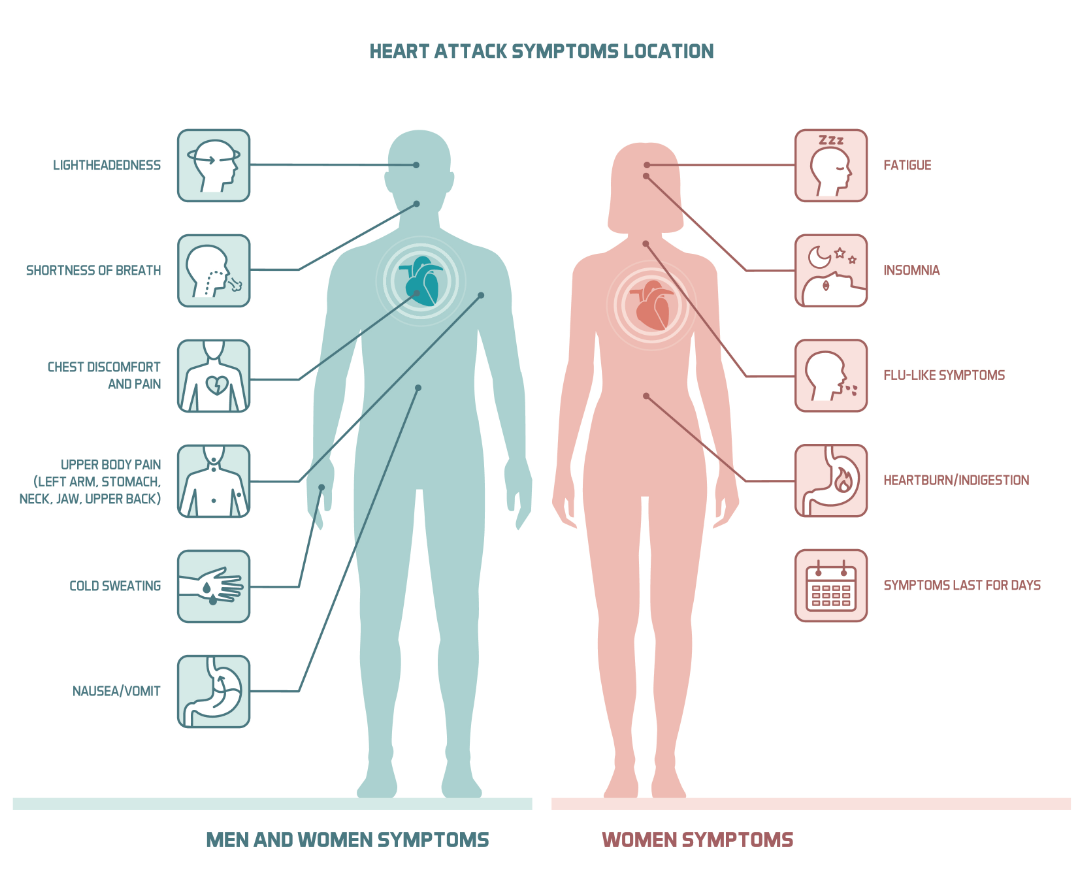You might have seen cardiac arrest in the news when earlier this year, Buffalo Bills’ safety, Damar Hamlin experienced a medical emergency on the field during a Monday Night Football game. But it might surprise you to learn that he didn’t have a heart attack.
If that’s the case, you aren’t alone! Many people mistakenly believe that cardiac arrest is the same thing as a heart attack. In actuality, they’re very different.
Both cardiac arrest and heart attack are emergencies and they both affect the heart, but they do so in different ways.
The Facts About Heart Attacks

You’re probably familiar with what a heart attack is—or at least you’ve seen one depicted on TV or in a movie. A heart attack, more formally known as a myocardial infarction, occurs when blood flow to the heart is cut off.
This typically happens when a blockage forms in a coronary artery, preventing oxygenated blood from getting to the heart. The longer the heart tissue is deprived of oxygen, the more damaged it becomes.
When a heart attack occurs, it may cause a number of symptoms, including:
- Chest pain or pressure
- Faintness
- Lightheadedness
- Pain in the jaw, neck, or back
- Pain in one or both arms or radiating down the shoulders
- Shortness of breath
Women often experience symptoms that may be less recognizable as heart attack-related including:
- dizziness
- fatigue
- malaise
- nausea and vomiting
Because quick action is needed to restore proper blood flow to the heart when a heart attack occurs, it’s important to seek emergency medical attention when experiencing the symptoms outlined above. It’s always better to err on the side of caution and be checked out.
How Cardiac Arrest Is Different
“Heart attack” and “cardiac arrest” are often used interchangeably, but they’re not the same. To better understand the difference, let’s use common home maintenance terms.
Heart attacks are caused by a blockage in the arteries—your body’s version of a plumbing system. Cardiac arrest, on the other hand, affects the body’s electrical system.
When a person experiences cardiac arrest, also called sudden cardiac arrest, the heart suddenly stops pumping, which cuts off blood flow to the brain and other organs. This occurs when something disrupts the electrical impulses that signal your heart to pump.
When that happens, it often triggers an arrhythmia, which is a disruption of the heart’s normal rhythms. Cardiac arrest is primarily caused by two particular kinds of arrhythmias, ventricular fibrillation and ventricular tachycardia.
While both heart attacks and cardiac arrest are medical emergencies, cardiac arrest requires almost immediate intervention to prevent death. Unlike a heart attack, sudden cardiac arrest happens without noticeable symptoms until the actual event occurs.
As the heart’s pumping action is disrupted, the person affected will suddenly lose consciousness and have no pulse. Immediate treatment with cardiopulmonary resuscitation (and the use of an automated defibrillator, when available) is needed to restore the person’s heartbeat and get blood flowing again.
CPR and the use of a defibrillator on the field likely saved Damar Hamlin’s life. Without the immediate restoration of the heart’s pumping action, the brain and organs are deprived of blood, leading to death in nine out of 10 people affected by cardiac arrest.
How Cardiac Arrest & Heart Attack Are Related
Beyond the fact that both emergency conditions affect the heart, there are other connections between sudden cardiac arrest and heart attack.
Having a heart attack increases the risk of experiencing cardiac arrest, both during the heart attack and during recovery after the attack. The two conditions also share some risk factors. The risk of both cardiac arrest and heart attack is higher among older adults, for example.
Having coronary artery disease is another risk factor for both conditions. Coronary artery disease is the most common type of heart disease, and it occurs when fatty plaque builds up in the coronary arteries.
This type of plaque buildup is what causes the blockages responsible for heart attacks, but it’s also a risk factor for cardiac arrest.
What You Can Do to Keep Your Heart Healthy
While it’s not always possible to prevent a cardiac emergency, your habits can go a long way toward protecting your heart health. Start with these habits:
- Move your body often. Experts recommend getting at least 150 minutes each week of moderate physical activity like briskly walking, jogging, or swimming. That’s not as much as it sounds like—it’s about 22 minutes per day.
- Watch what you eat. While no food is completely off-limits, it’s important to choose your foods wisely most of the time. Fill your plate with plenty of fruits and vegetables, lean proteins like chicken or fish, whole grains, and a small amount of healthy fat. Limit your consumption of added sugar, sodium, and saturated fat.
- Don’t smoke. And if you do smoke, work with a medical provider to create a plan to quit. There are multiple tools that can help with smoking cessation, including medications and therapies.
- Prioritize quality sleep. Sleep does the heart good. Most adults need between seven and nine hours of sleep each night for optimal health, so aim for that threshold.
- Know your numbers. Visit your primary care provider regularly to keep an eye on your overall health, paying particular attention to heart health markers like your cholesterol, blood pressure, and blood sugar.
Beyond these basic habits, it’s a good idea to know the symptoms of a heart attack, what a cardiac arrest looks like, and what to do when either occurs. Quick action is essential, and minutes can be the difference between life and death.
If you or someone you love has experienced any of these symptoms, or whether you simply need a heart health checkup, West Tennessee Medical Group Cardiology is here to help. Our expert providers can offer the care you need.

